Add to favorites
Log in to your personal space

Whether walking down the legendary forest aisle to visit the apartments and the stunning garden designed by Collinet, or staying in the former stables that were once owned by the Governor of the region, the charm of Normandy that was so dear to Flaubert can be felt all around at the famous Château de Bosmelet. From the chivalrous Fastolf to the fanciful Madame Bovary and the Second World War, history has made its mark here, leaving traces such as a spectacular missile ramp in the shade of the century-old chestnut trees. Alain Germain, the owner (and French director, actor, decorator and costumer) has decided to propel this venue into another dimension – it now promotes culture and art through a unique collection of archives, regular concerts, contemporary exhibitions in the garden and art studios.
We firstly chose the Château de Bosmelet for the quality of its architecture, it was the perfect setting for the project that we were eager to start: a cultural centre with the Alain Germain performing arts collection at the heart of it. With large spaces and a chapel, Bosmelet offered many possibilities for the concerts, symposia and exhibitions we wanted to organise. Not far from the sea, it also had the advantage of being easily accessible from Paris – with a train station less than 3 km away, only two hours are needed to reach the capital.
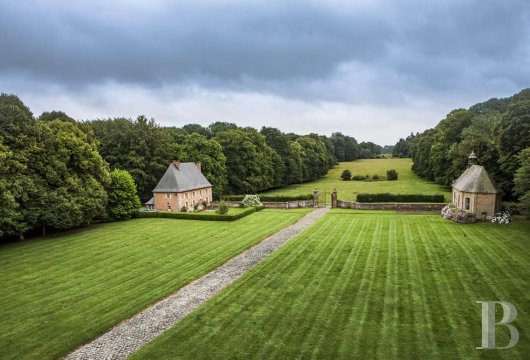
Bosmelet is an example of the Louis XIII style – this is particularly evident when looking at the simplicity of the facades, the care taken over the details and the contrasting lines and materials; they demonstrate a classic austerity. The building, topped with slate from Angers, is composed of a stone projection framed by two main buildings in Saint-Jean brick and two pavilions in grey sandstone. The two stories are covered by a roof with bull’s eye windows. The stone flooring on the ground floor and the arched door and windows distinguish the three-bay projection; it is topped by a floor with twin white stone pilasters on a brick background and crowned with a triangular pediment to the south which overlooks the courtyard of honour. The two-bay wings that frame the projection were built with pink and varnished black bricks to form a checkerboard pattern. On the facade of honour, the wings are embellished with niches on a white stone background, they form two curves which join the pavilions and both are topped with small triangular pediments. The two-bay pavilions are the property’s crowning touch, they are built from pink brick and decorated with varnished brick on the first-floor cornices. These protrude slightly on the south side and spread out more widely on the other to form right angles on the facade of honour, they are topped with triangular pediments and bull’s eye windows which echo those at the centre of the curved pediment.
The present castle was built by Jean Beuzelin in 1632 on the ruins of the previous castle (it belonged to Sir John Fastlof, head of the English armies, during the Hundred Years War) the foundations of which can still be found in the cellars. The rich architecture of the building symbolises this man's social elevation from when he was born in 1602. The rise of the family continued to the next generation when his son, who became President of the Rouen Parliament, married Renée Le Bouthillier De Chavigny in 1661 (the daughter of a secretary of state during Louis XIII’s reign). The couple had a daughter in 1668, Anne-Marie Beuzelin de Bosmelet, who went on to marry the Duke Caumont de la Force, Governor of Normandy. The duke was a favourite of Louis XIV and was chosen to be the guardian of the young Louis XV, it was at this time that the chateau reached the height of its splendour. In 1715, he called on Colinet, Le Nôtre’s first gardener at the Château de Versailles, to install a French garden. The current park has preserved the same central structure over more than two kilometres of greenery. To the north, it is framed by a double hedge of lime trees planted that were planted in 1718 – these are unique in Europe due to their age, the number of them and their height.
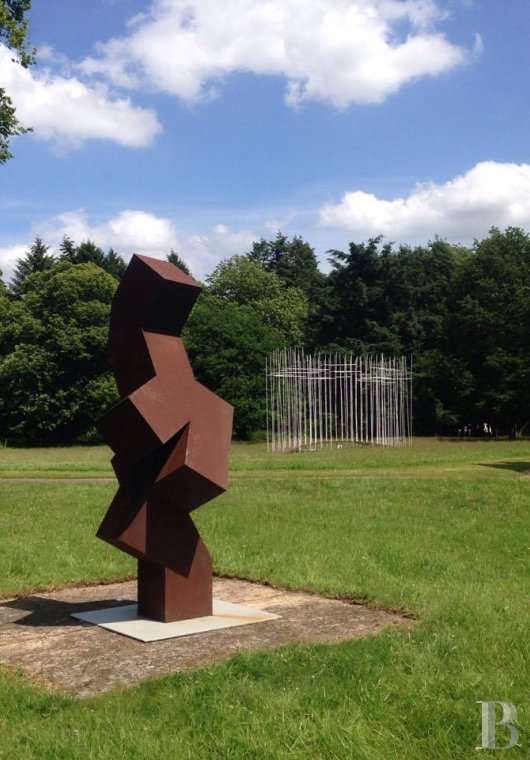
The tour of the castle of course, which features the vestibule, the grand Louis XIII staircase, the throne room, the room of the archbishop and the Alain Germain collection which is dedicated to the performing arts. Also open to guests are the chapel and park with contemporary sculptures, remarkable trees and a walled garden with a pond and pergola. Last but not least are the vestiges of the Second World War including a V1 missile firing bunker. Visitors can also enjoy the various concerts and exhibitions which are organised during the summer.
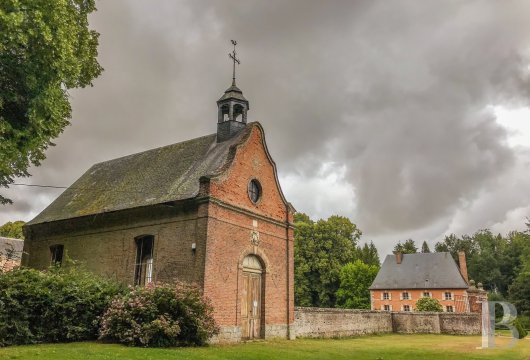
Normandy is not lacking in attractions and there is no need to go far to find them. A few hundred meters from the chateau is the farm of Gustave Flaubert where the novelist brought his famous heroine, Emma Bovary, to life. The Collegiate Church of Notre-Dame is another popular attraction in Auffay. The Val d'Ygot in the forest of Eawy is a large site from the Second World War where a V1 missile launch ramp still stands – a must-see for history fans. Also worth a visit is landscaper Alexandre Thomas’ laboratory garden in Grigneuseville or the Château de Galleville which is classified, along with Bosmelet, as a historic monument.
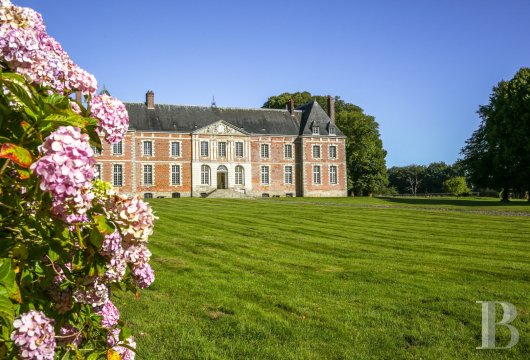
500 € - 800 € per week
300 € - 500 € per week-end
The property consists of a Louis XIII chateau and three gites which have been arranged close to the new stables, they each look out towards the park and the sheepfold. With a surface area of one hundred and ten square meters, two of the gites include gardens and can accommodate six or seven guests. The third gite has a smaller surface area of fifty square meters, it features a terrace and can accommodate two people. Guests have free access to the large garden, the park, the chapel and the vestiges of the Second World War. It is also possible to stay in the orangery.
ref 295428
Conferences organized around themes according to the program. Detailed information: bosmelet.fr/culture
Concerts and lyric recitals in the chateau from July to September. Reservation recommended at 06 89 26 50 92. Detailed programming: bosmelet.fr/culture
Exhibitions displayed in the chateau according to the program. For more information, visit the website. bosmelet.fr/culture
Individual visits start in April for the easter week-end. Open all year round by appointment for groups from 10am to 1pm and from 2pm to 6pm.
The owners of the chateau conduct tours of the premises and the Alain Germain collection themselves. Call 02 35 32 81 07 for reservations. Gustave Flaubert & Emma Bovary day Sunday August 27, 2023, from 9:30 a.m.: ten-kilometres hike with reading of excerpts and English picnic, organized in partnership with the Terroir de Caux tourist office. Conference by Vincent Vives following the hike.

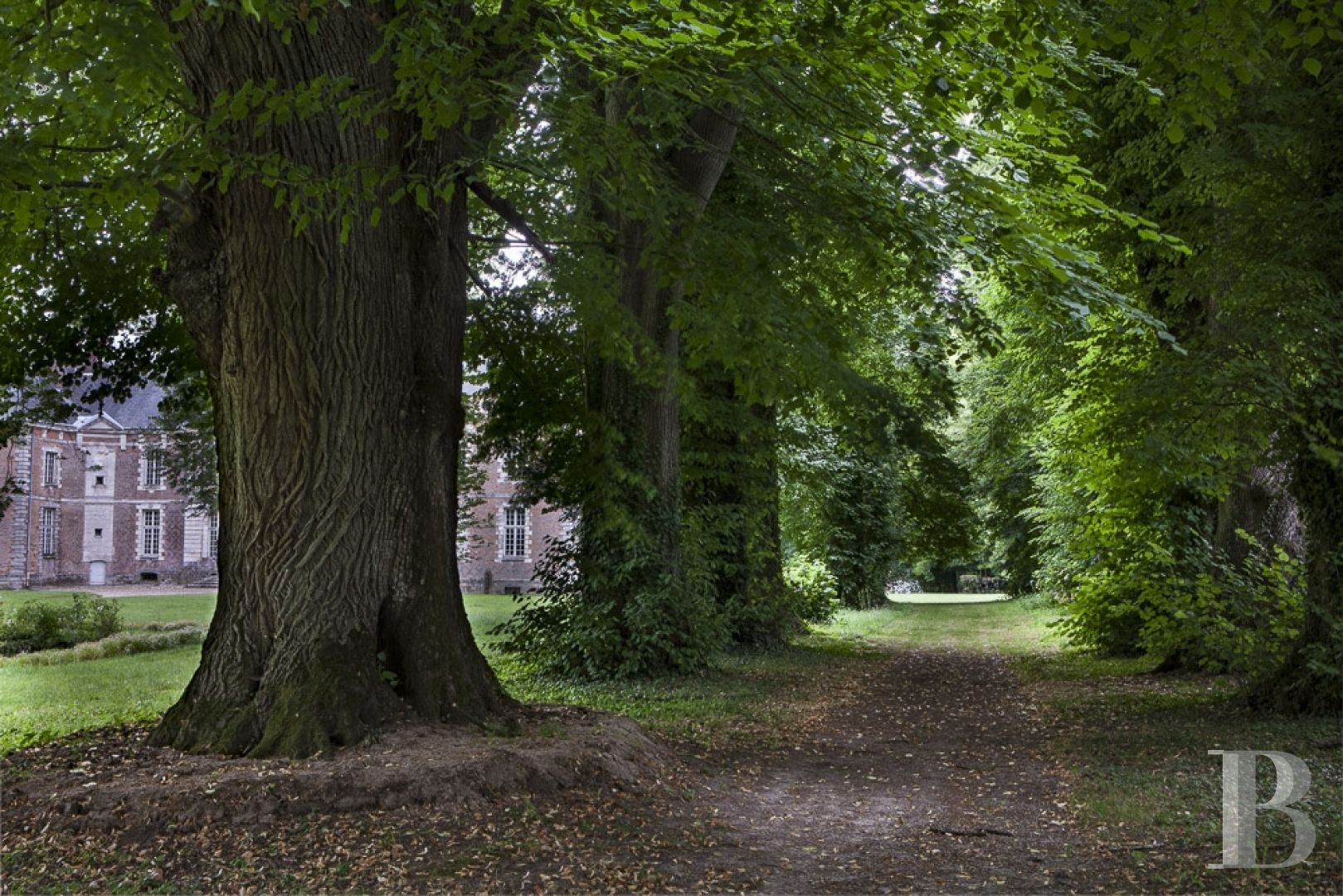
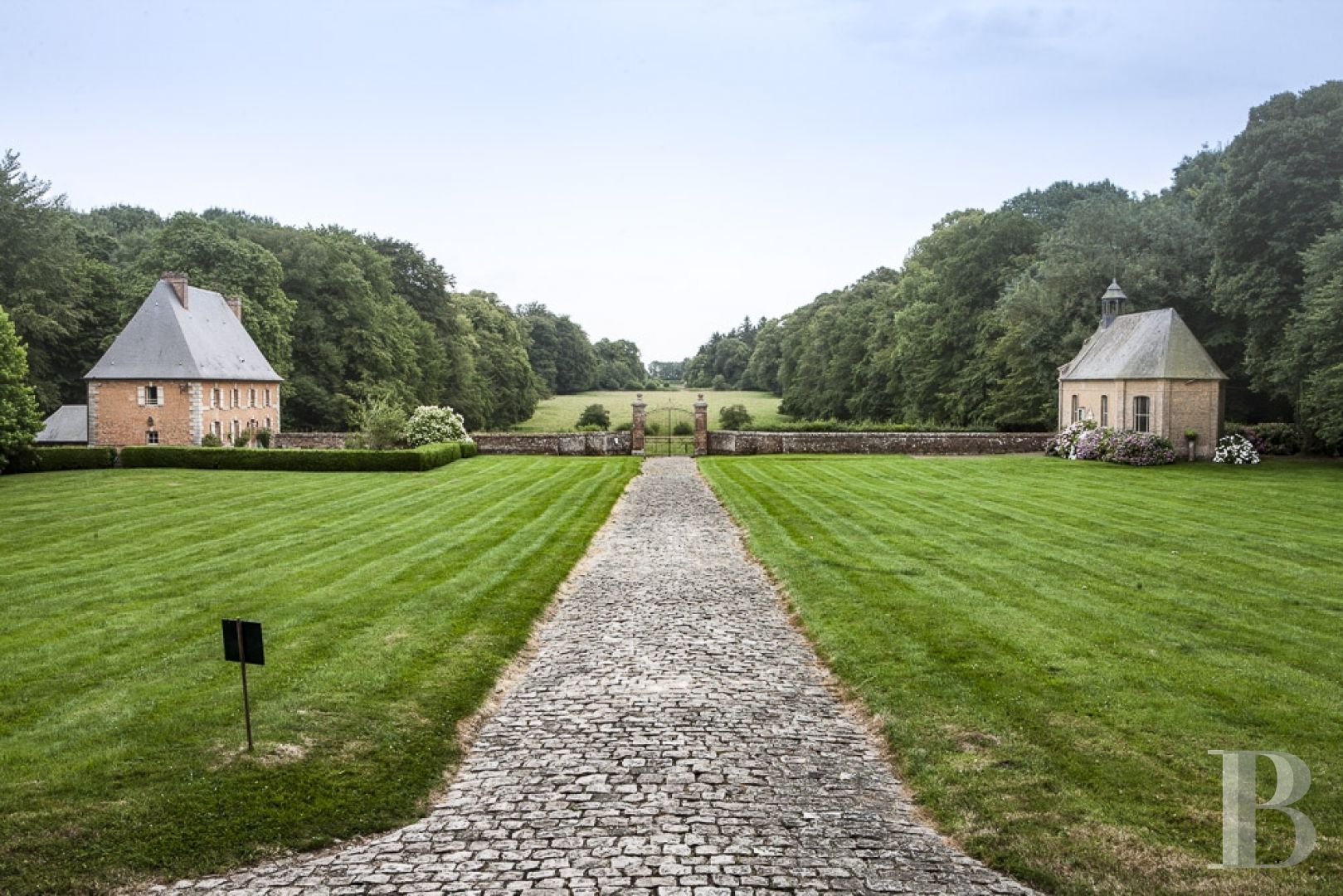
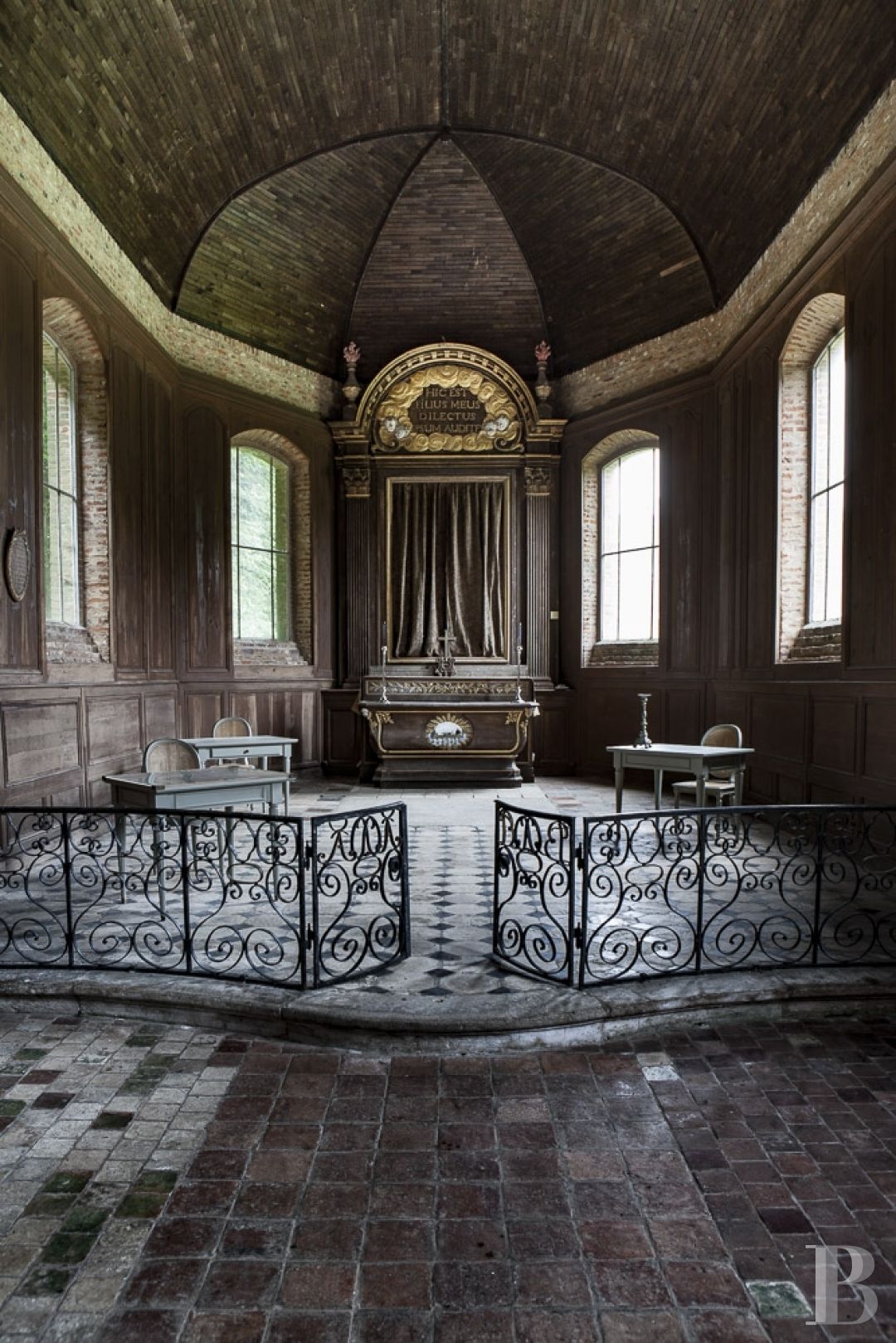
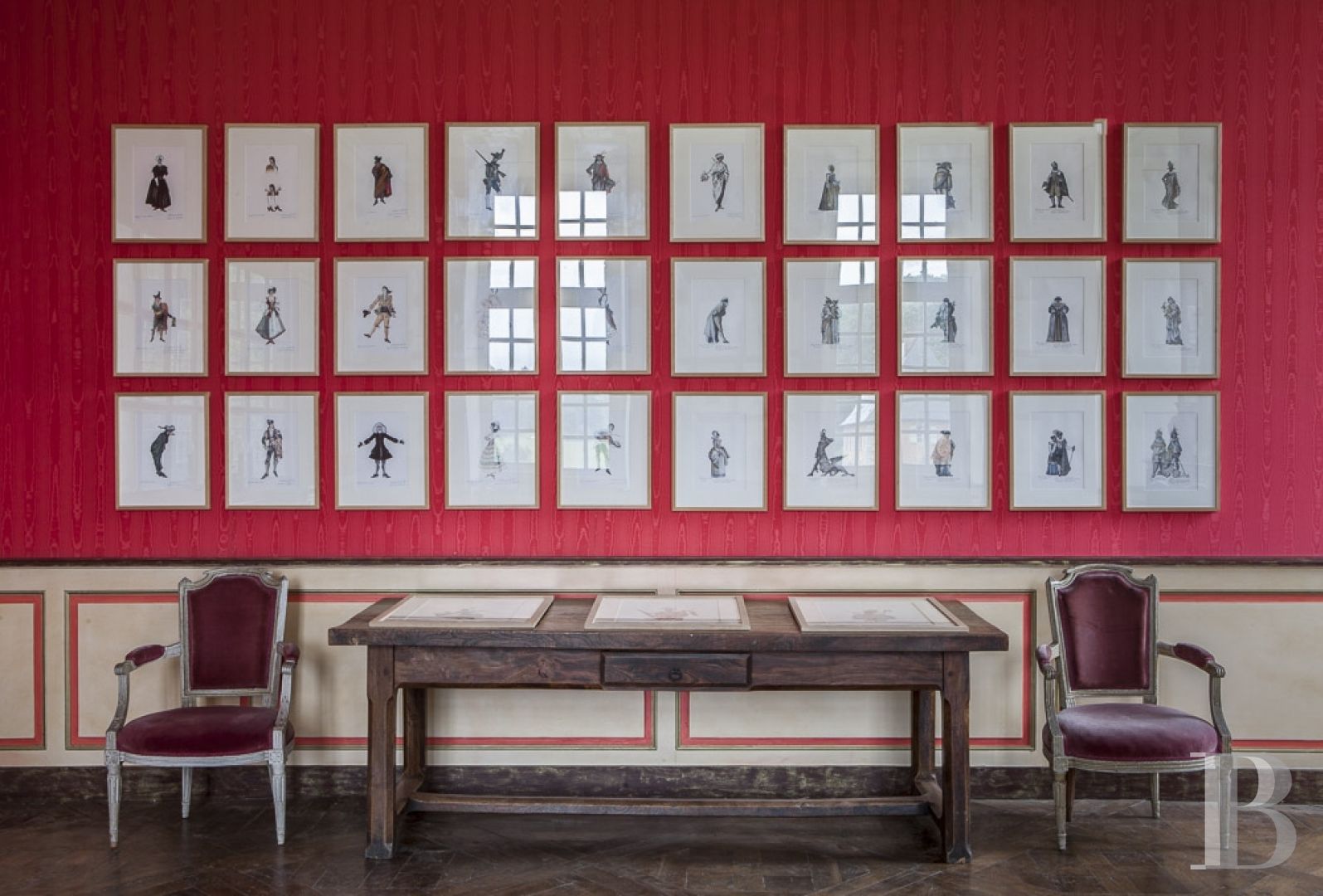
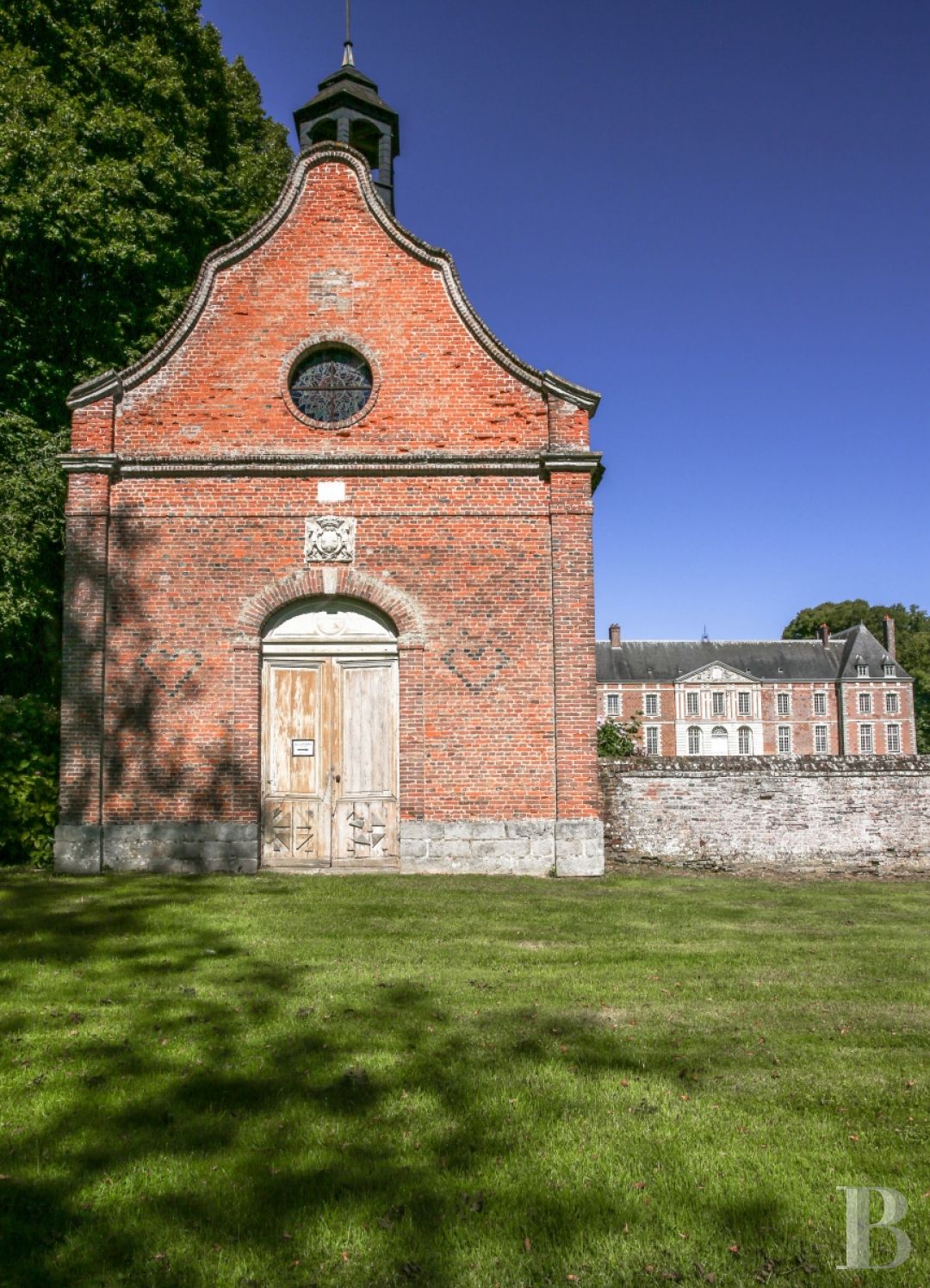

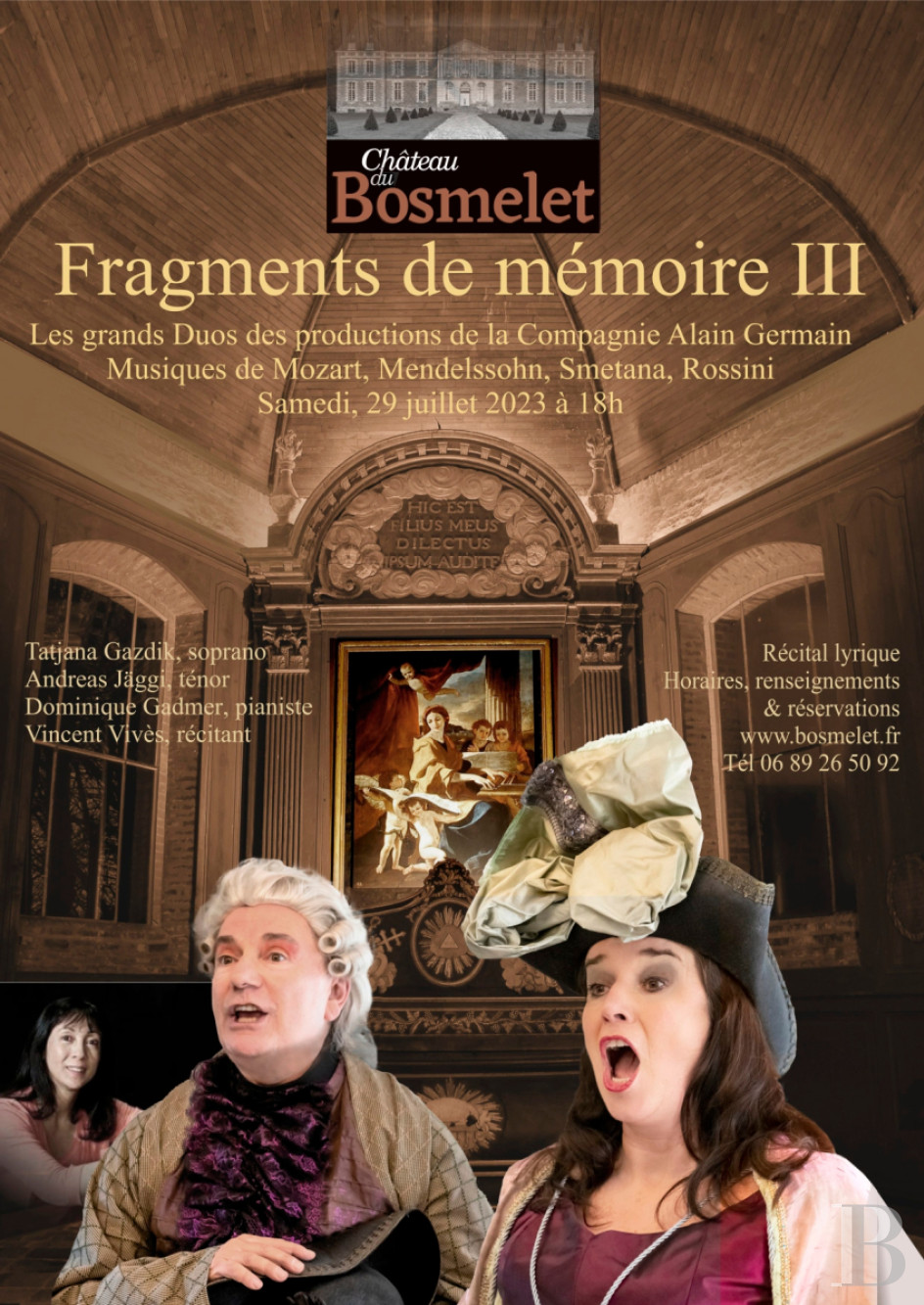
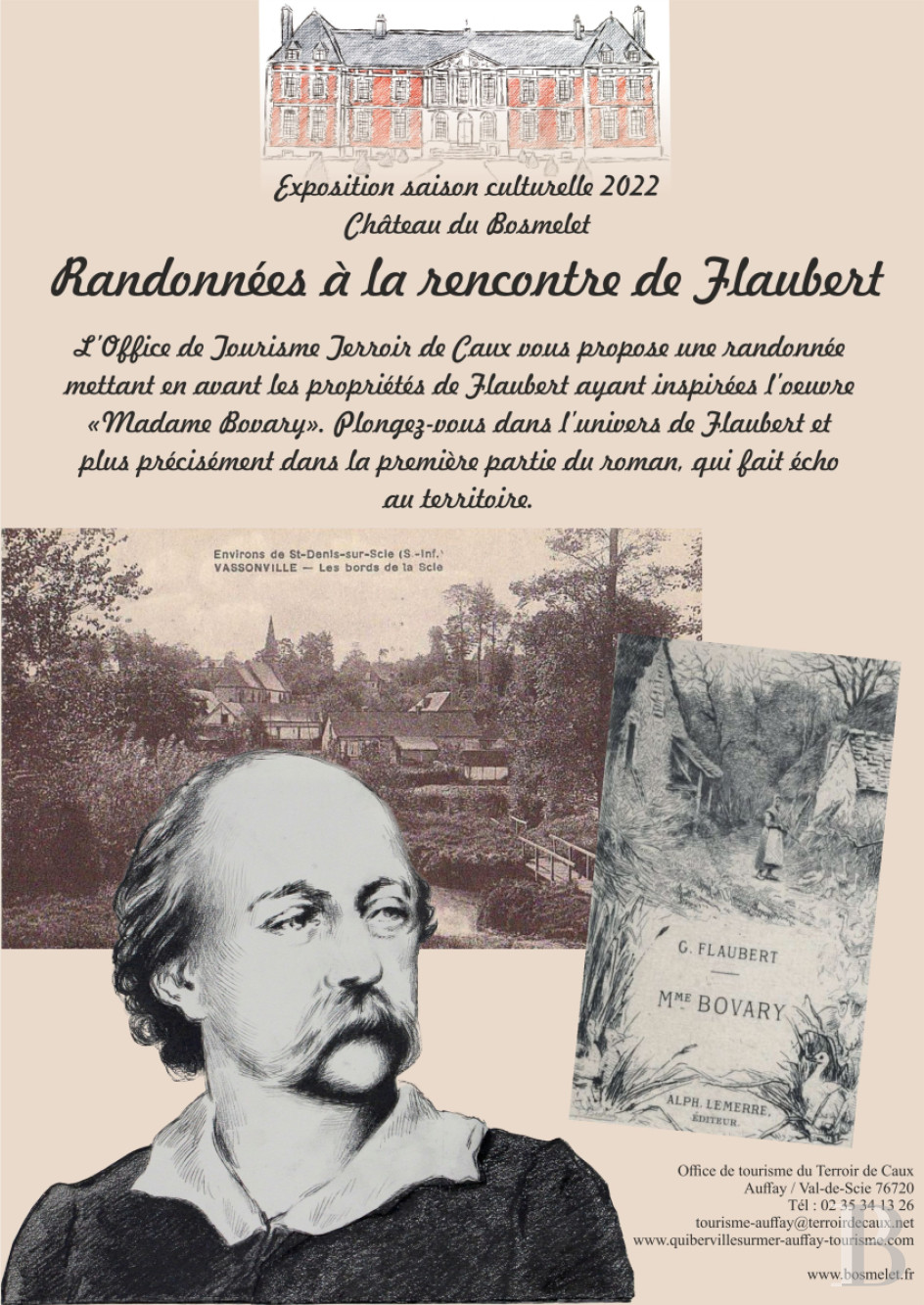

 A link to enter a new password has been sent to you by email.
A link to enter a new password has been sent to you by email.
By continuing your navigation, you accept the use of cookies to offer you services and offers adapted to your centers of interest and to measure the frequentation of our services. Learn more